Marc Walton
Can Deep Learning Assist Automatic Identification of Layered Pigments From XRF Data?
Jul 26, 2022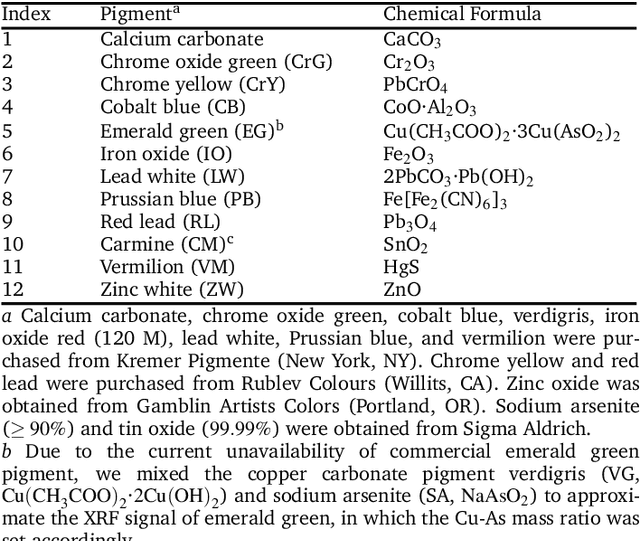
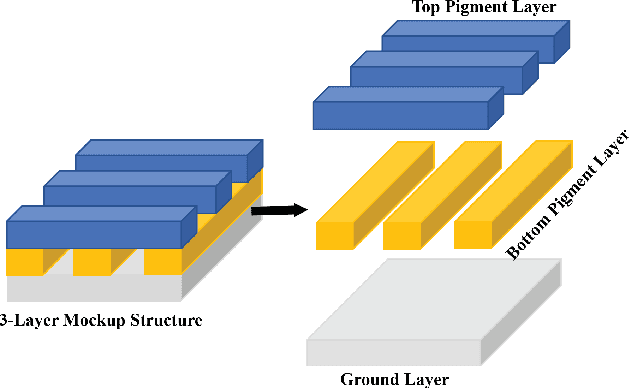
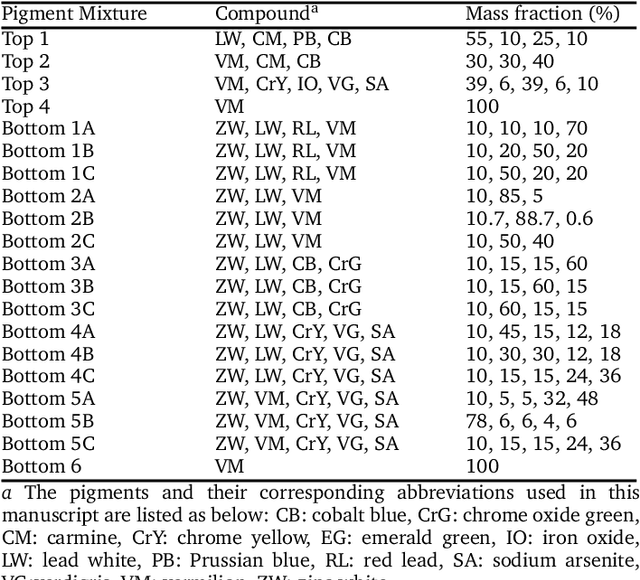

Abstract:X-ray fluorescence spectroscopy (XRF) plays an important role for elemental analysis in a wide range of scientific fields, especially in cultural heritage. XRF imaging, which uses a raster scan to acquire spectra across artworks, provides the opportunity for spatial analysis of pigment distributions based on their elemental composition. However, conventional XRF-based pigment identification relies on time-consuming elemental mapping by expert interpretations of measured spectra. To reduce the reliance on manual work, recent studies have applied machine learning techniques to cluster similar XRF spectra in data analysis and to identify the most likely pigments. Nevertheless, it is still challenging for automatic pigment identification strategies to directly tackle the complex structure of real paintings, e.g. pigment mixtures and layered pigments. In addition, pixel-wise pigment identification based on XRF imaging remains an obstacle due to the high noise level compared with averaged spectra. Therefore, we developed a deep-learning-based end-to-end pigment identification framework to fully automate the pigment identification process. In particular, it offers high sensitivity to the underlying pigments and to the pigments with a low concentration, therefore enabling satisfying results in mapping the pigments based on single-pixel XRF spectrum. As case studies, we applied our framework to lab-prepared mock-up paintings and two 19th-century paintings: Paul Gauguin's Po\`emes Barbares (1896) that contains layered pigments with an underlying painting, and Paul Cezanne's The Bathers (1899-1904). The pigment identification results demonstrated that our model achieved comparable results to the analysis by elemental mapping, suggesting the generalizability and stability of our model.
Denoising Fast X-Ray Fluorescence Raster Scans of Paintings
Jun 03, 2022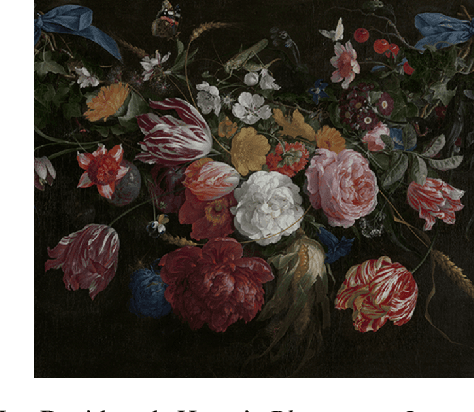
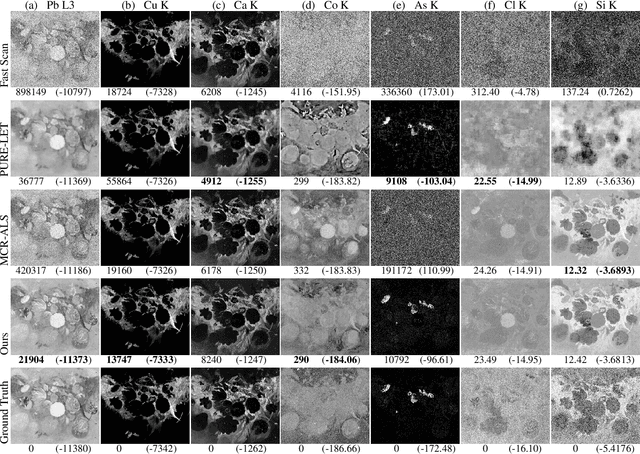
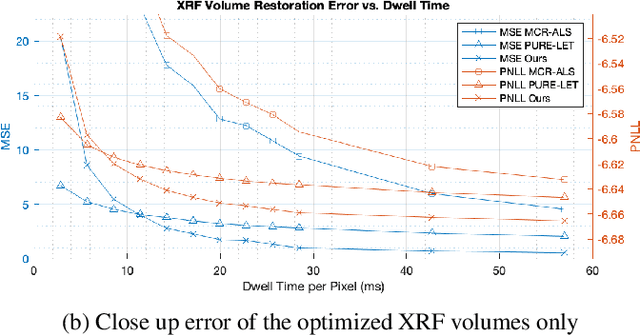
Abstract:Macro x-ray fluorescence (XRF) imaging of cultural heritage objects, while a popular non-invasive technique for providing elemental distribution maps, is a slow acquisition process in acquiring high signal-to-noise ratio XRF volumes. Typically on the order of tenths of a second per pixel, a raster scanning probe counts the number of photons at different energies emitted by the object under x-ray illumination. In an effort to reduce the scan times without sacrificing elemental map and XRF volume quality, we propose using dictionary learning with a Poisson noise model as well as a color image-based prior to restore noisy, rapidly acquired XRF data.
SkinScan: Low-Cost 3D-Scanning for Dermatologic Diagnosis and Documentation
Jan 31, 2021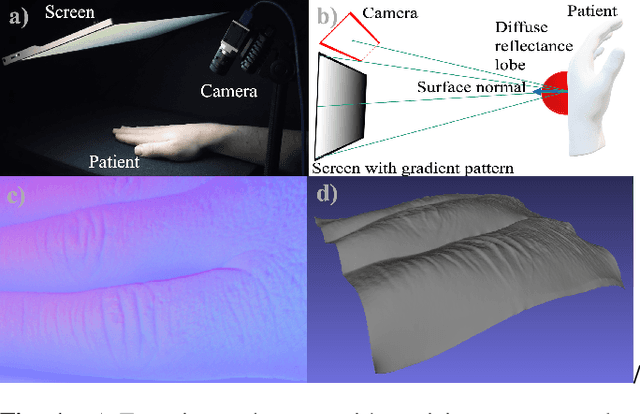
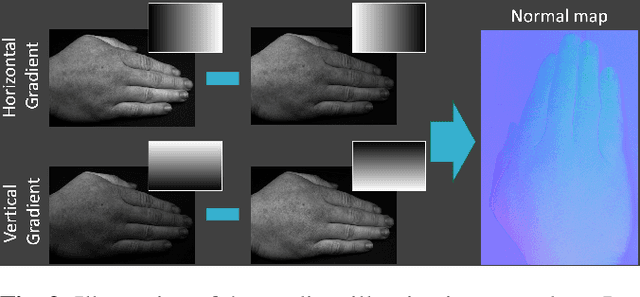
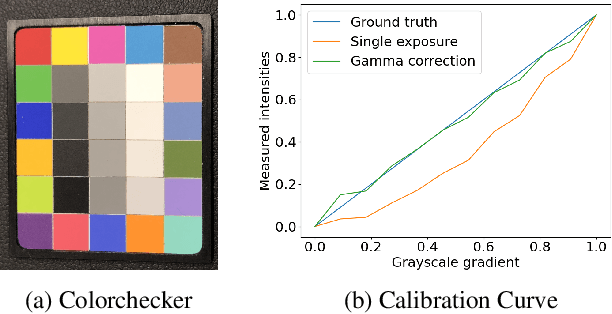
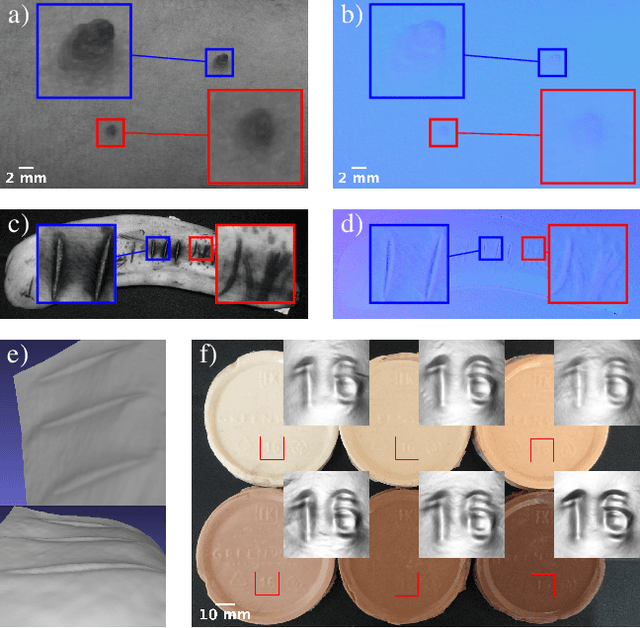
Abstract:The utilization of computational photography becomes increasingly essential in the medical field. Today, imaging techniques for dermatology range from two-dimensional (2D) color imagery with a mobile device to professional clinical imaging systems measuring additional detailed three-dimensional (3D) data. The latter are commonly expensive and not accessible to a broad audience. In this work, we propose a novel system and software framework that relies only on low-cost (and even mobile) commodity devices present in every household to measure detailed 3D information of the human skin with a 3D-gradient-illumination-based method. We believe that our system has great potential for early-stage diagnosis and monitoring of skin diseases, especially in vastly populated or underdeveloped areas.
Improved Spectral Imaging Microscopy for Cultural Heritage through Oblique Illumination
Jan 01, 2020



Abstract:This work presents the development of a flexible microscopic chemical imaging platform for cultural heritage that utilizes wavelength-tunable oblique illumination from a point source to obtain per-pixel reflectance spectra in the VIS-NIR range. The microscope light source can be adjusted on two axes allowing for a hemisphere of possible illumination directions. The synthesis of multiple illumination angles allows for the calculation of surface normal vectors, similar to phase gradients, and axial optical sectioning. The extraction of spectral reflectance images with high spatial resolutions from these data is demonstrated through the analysis of a replica cross-section, created from known painting reference materials, as well as a sample extracted from a painting by Pablo Picasso entitled La Mis\'ereuse accroupie (1902). These case studies show the rich microscale molecular information that may be obtained using this microscope and how the instrument overcomes challenges for spectral analysis commonly encountered on works of art with complex matrices composed of both inorganic minerals and organic lakes.
Uncalibrated Deflectometry with a Mobile Device on Extended Specular Surfaces
Jul 24, 2019



Abstract:We introduce a system and methods for the three-dimensional measurement of extended specular surfaces with high surface normal variations. Our system consists only of a mobile hand held device and exploits screen and front camera for Deflectometry-based surface measurements. We demonstrate high quality measurements without the need for an offline calibration procedure. In addition, we develop a multi-view technique to compensate for the small screen of a mobile device so that large surfaces can be densely reconstructed in their entirety. This work is a first step towards developing a self-calibrating Deflectometry procedure capable of taking 3D surface measurements of specular objects in the wild and accessible to users with little to no technical imaging experience.
Adaptive Image Sampling using Deep Learning and its Application on X-Ray Fluorescence Image Reconstruction
Jan 04, 2019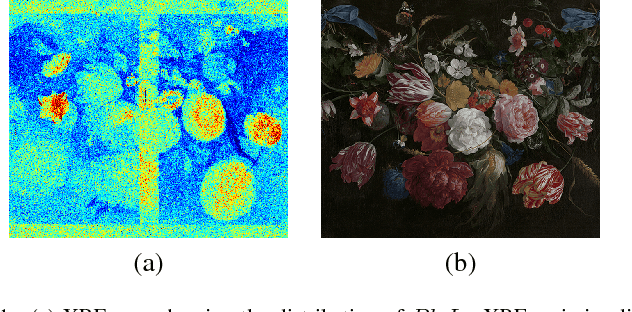
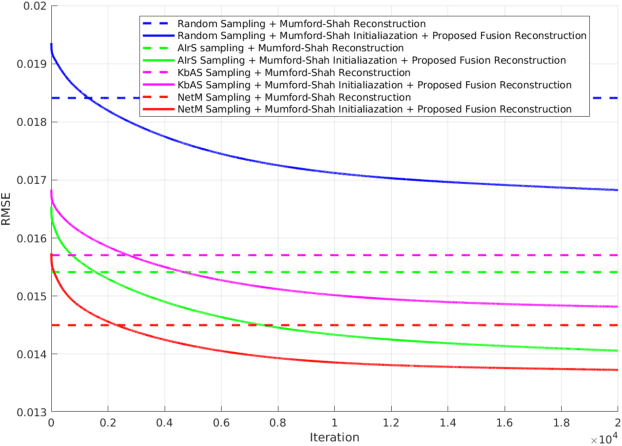
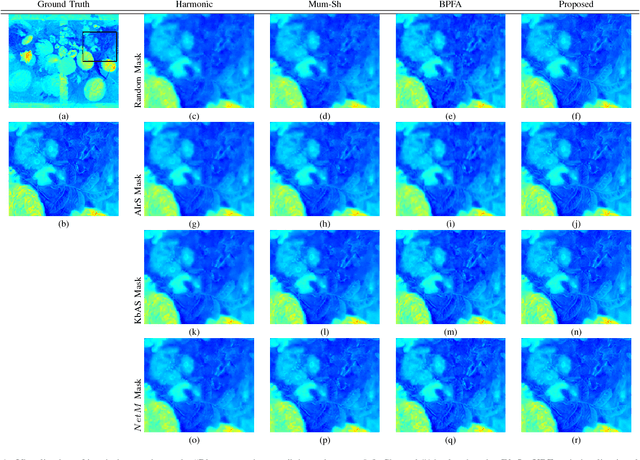
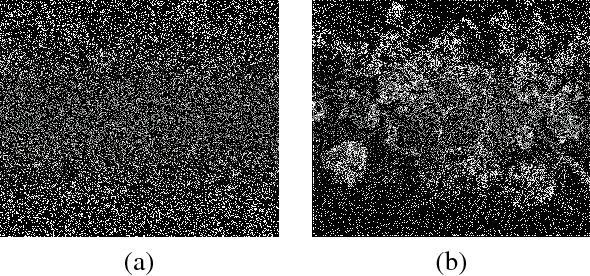
Abstract:This paper presents an adaptive image sampling algorithm based on Deep Learning (DL). The adaptive sampling mask generation network is jointly trained with an image inpainting network. The sampling rate is controlled in the mask generation network, and a binarization strategy is investigated to make the sampling mask binary. Besides the image sampling and reconstruction application, we show that the proposed adaptive sampling algorithm is able to speed up raster scan processes such as the X-Ray fluorescence (XRF) image scanning process. Recently XRF laboratory-based systems have evolved to lightweight and portable instruments thanks to technological advancements in both X-Ray generation and detection. However, the scanning time of an XRF image is usually long due to the long exposures requires (e.g., $100 \mu s-1ms$ per point). We propose an XRF image inpainting approach to address the issue of long scanning time, thus speeding up the scanning process while still maintaining the possibility to reconstruct a high quality XRF image. The proposed adaptive image sampling algorithm is applied to the RGB image of the scanning target to generate the sampling mask. The XRF scanner is then driven according to the sampling mask to scan a subset of the total image pixels. Finally, we inpaint the scanned XRF image by fusing the RGB image to reconstruct the full scan XRF image. The experiments show that the proposed adaptive sampling algorithm is able to effectively sample the image and achieve a better reconstruction accuracy than that of the existing methods.
 Add to Chrome
Add to Chrome Add to Firefox
Add to Firefox Add to Edge
Add to Edge